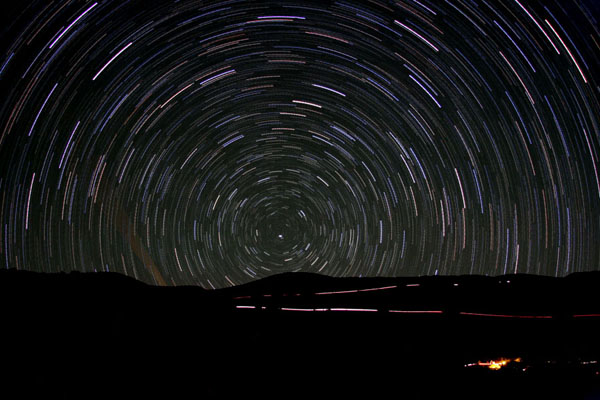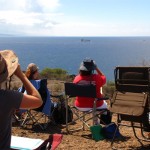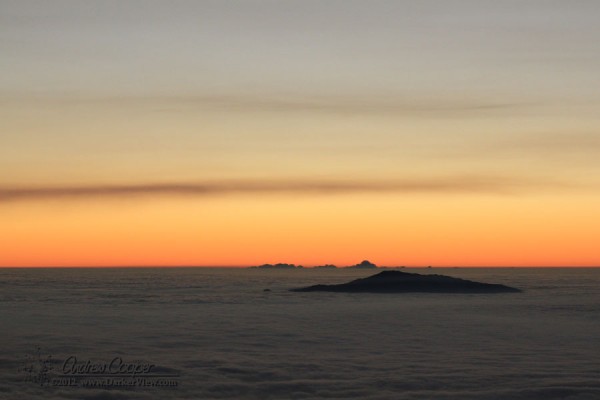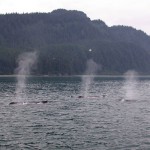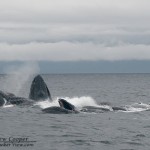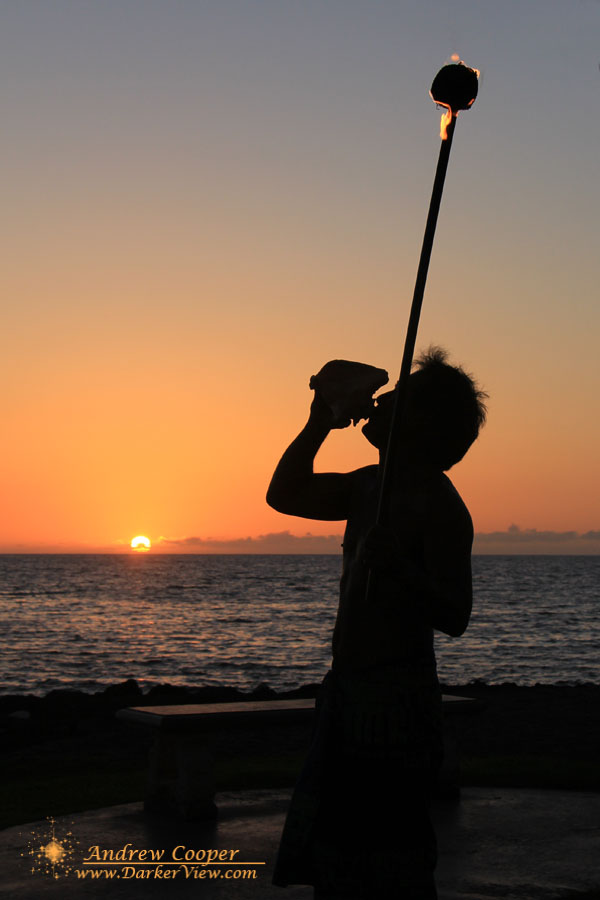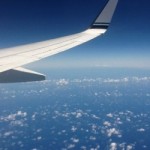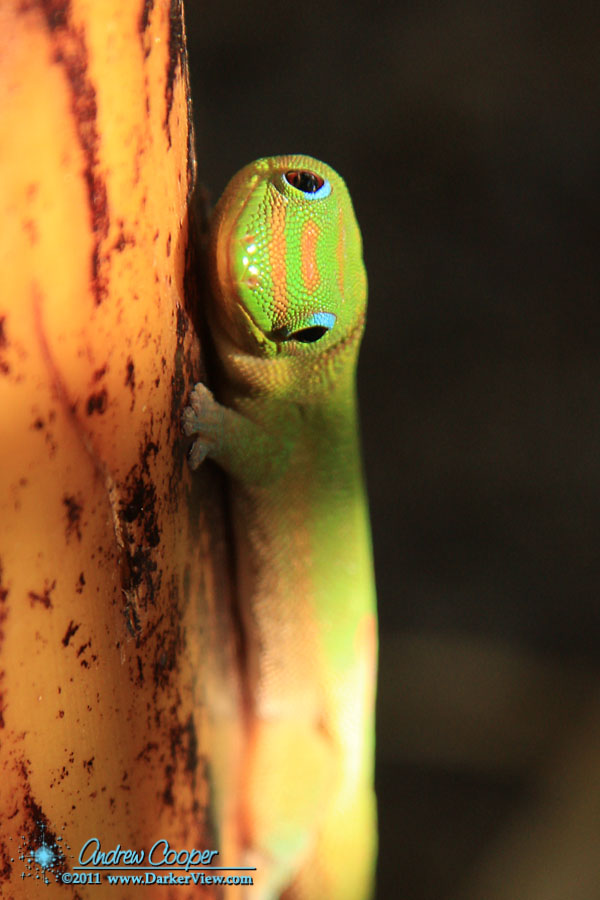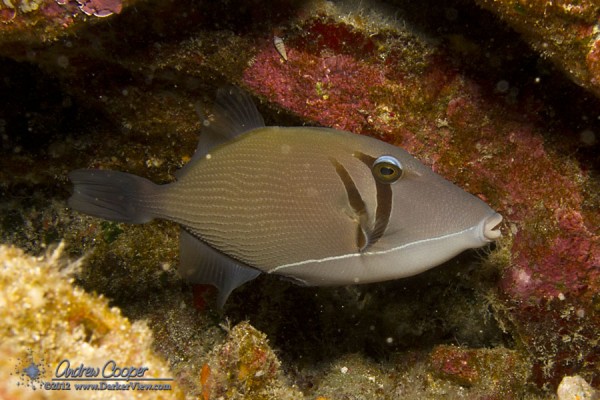I have had a few dives over 90 minutes, an hour and a half, on a standard 80 cubic foot aluminum tank. This time I managed two back to back dives totaling nearly three hours on two tanks. Not bad for air consumption! Admittedly I was moving slow, doing photography, on the other hand neither dive was all that shallow, averaging 30ft with deeper excursions.
Kua Bay is the last public day use mooring north of Kona for a long distance, the next buoys are at Anemoʻohalu Bay, almost 10 miles further north. The mooring is adjacent to the popular Maniniʻowali Beach, a beautiful crescent of sand that is well loved and heavily used. A prominent finger of coral juts out from the shore north of the beach, creating a nice 20ft wall to explore.
I spent the entire dive poking along this wall, looking for small invertebrates. I was rewarded by an assortment of nudis and flatworms. Most were species I had seen before. One flatworm was something different, a species I am still trying to identify.
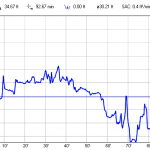
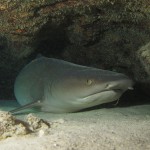
I signal to him, making a shark symbol, a flat hand held sideways to the forehead, that gets his attention. I lead him under a ledge a few feet away, where there is indeed a white tip shark hanging out. When we surface a few minutes later he sums up the encounter… “That is the biggest white tip I have ever seen!” Yeah, it was pretty big. Living up to the scientific name as well, Triaenodon obesus, a well fed shark, a little fat even.
After washing up the boat we head into Bite Me for dinner and to talk story. We thumb though the photos of the day reviewing all we had seen. It was an excellent day diving. The water conditions were notably better than a month ago. Summer is arriving, the swell settling down, bringing clearer water conditions. Looking forward to a summer of more diving!

